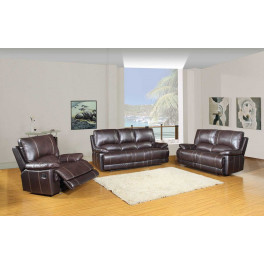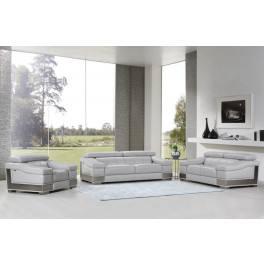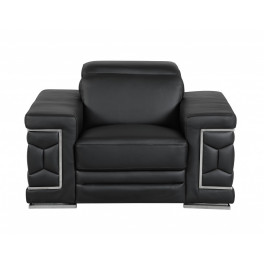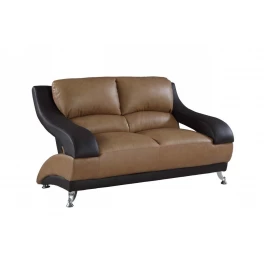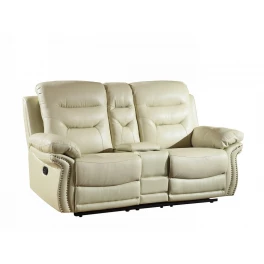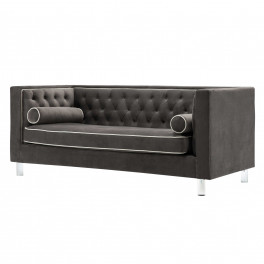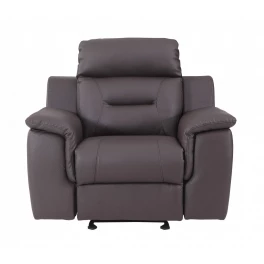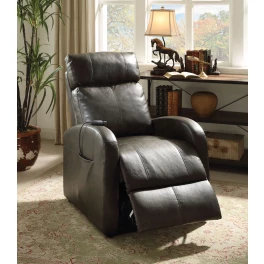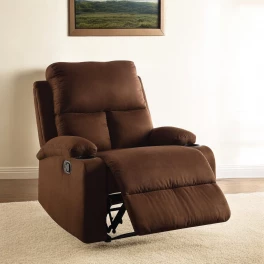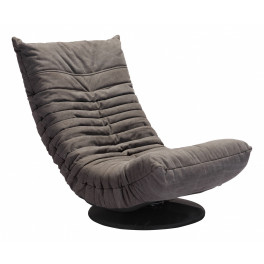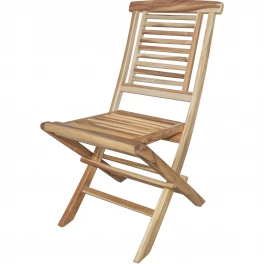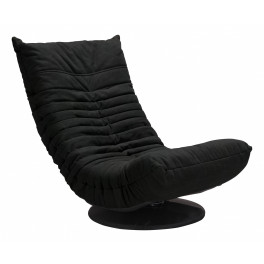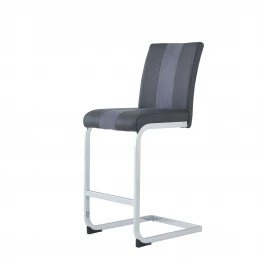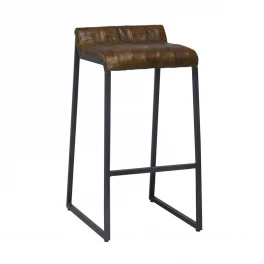Now that you’ve made that long-awaited purchase where you can watch the Super Bowl, the latest movies, and your favorite TV shows in all their glory, it’s time to install that big-screened beauty in your living room. However, now that you have it at home, you’re not exactly sure how high to mount it. Don’t worry. You’re not alone. Most people (myself included) don’t think about that aspect until the TV is out of the box.
So what is the optimal TV height for your new screen? The viewing height and having a comfortable viewing position is paramount for an awesome home theater. The good news is, it’s pretty straightforward. All it takes is a few quick measurements and a glance at this simple TV-mounting height formula to get the job done.
Step 1: Start with the Basics
The viewing distance (the space between the TV and each seat in the room) determines the optimal mounting height, and it’s safe to assume that if you’re buying a large TV (anywhere from 55 inches to 70 inches), you have a large room in which to view it. If the viewing distance ranges from 7 or 8 feet to 15 or 16 feet, then you’ll want the TV mount to be slightly higher than eye-level to get that movie theater feel.
For a big screen TV in a large, open space, such as a living room or basement theater, here is a basic guideline for the best TV height:
|
TV Screen Size |
Viewing Distance |
Mounting Height |
|
55 inches |
7 feet – 15 feet |
63 inches from bottom of floor to center of screen |
|
60 inches |
7.5 feet – 15 feet |
66 inches from bottom of floor to center of screen |
|
65 inches |
8 feet – 16 feet |
69 inches from bottom of floor to center of screen |
|
70 inches |
8.5 feet – 16 feet |
72 inches from bottom of floor to center of screen |
As you can see in the table above, for every 5-inch increase in screen size, the TV-mounting height increases by 3 inches. The approximate viewing distance for each screen size is about the same, but it’s still good to measure to make sure that your seating setup falls into that range.
Now that you have a basic formula, your tape measure will help you get started!
Step 2: Measure Up
Next, measure the distance between the closest seat and the farthest seat from the TV.
(Since this is a finished room and the TV is already mounted, this article demonstrates how the formula above was used for this particular living room.) The TV that was chosen for this room has a 55-inch screen, so according to the formula, we need to make sure that the viewing range for all of the seats in the room generally falls within the range of 7 to 15 feet.
Take your measuring tape and start from the wall where your TV is going to be mounted. Next, pull out the measuring tape so that it reaches the seat that’s closest to the wall. The closest seat in this living room is about 7 ½ feet away from the screen, which falls into the viewing distance range in the table above.
Now measure the distance from the TV wall and the farthest seat in the room. The farthest seat in this living room is almost exactly 15 feet away, and of course, there are seats in between the closest and farthest seat that range from 8 to 12 feet away. Bingo!
Step 3. Use the Formula
|
TV Screen Size |
Viewing Distance |
Mounting Height |
|
55 inches |
7 feet – 15 feet |
63 inches from bottom of floor to center of screen |
|
60 inches |
7.5 feet – 15 feet |
66 inches from bottom of floor to center of screen |
|
65 inches |
8 feet – 16 feet |
69 inches from bottom of floor to center of screen |
|
70 inches |
8.5 feet – 16 feet |
72 inches from bottom of floor to center of screen |
Use the formula to determine how high your optimal TV height should be. Referencing the table here, this particular setup lines up with the measurements in the top row. The 55-inch screen has a viewing range that starts at approximately 7 ½ feet and goes to 15 feet, so that means that the center of the screen should be approximately 63 inches from the floor.
In this particular instance, the beginning of the tape would be put onto the floor, and we would pull the tape out until we reached the 63-inch mark. (Since this is a recessed area, the tape won’t be flush against the wall, so eye-balling it’s A-OK!)
Once you have the correct height, take a pencil and mark the wall, then carefully follow the specific wall mount instructions in your television’s manual to ensure that it’s placed securely. Now you’re done! Let the TV viewing commence!
Some of the fine tuning for your flat screen tv's viewing angle will be up to personal preference or impacted by the shape of your room, but by using this guide to determine the right height for your wall-mounted TV, you can be assured that you’ll get a theater feel that accommodates every seat in your living room. (Of course, when you outfit your house and have the best viewing experience around, it naturally means that you’ll be elected “Annual Super Bowl Party Host” year after year, so be prepared!)




